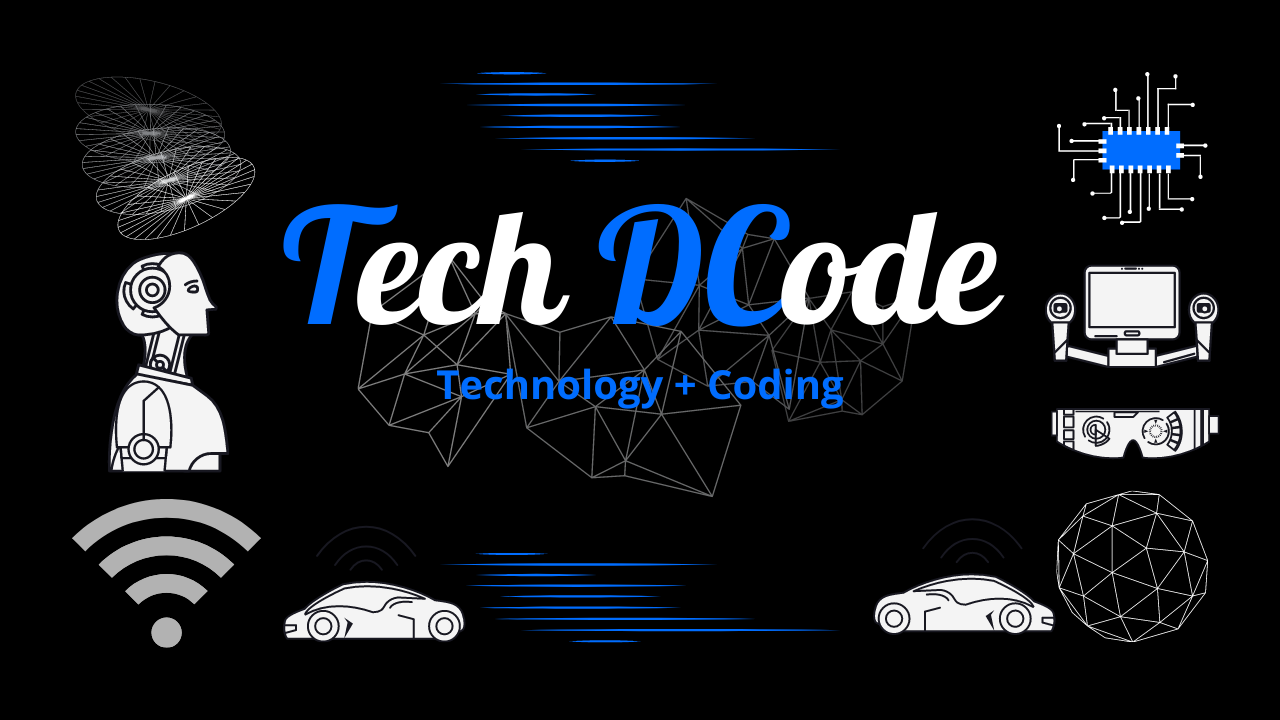Why and where we use External Data Representation (XDR) ?
Why and where we use External Data Representation (XDR) ?
XDR not only solves data portability problems, it also permits the reading and writing of arbitrary C language constructs in a consistent and well-documented manner. Therefore, it makes sense to use the XDR library routines even when the data is not shared among machines on a network.
The XDR standard does not depend on machine languages, manufacturers, operating systems, or architectures. This condition enables networked computers to share data regardless of the machine on which the data is produced or consumed. The XDR language permits transfer of data between different computer architectures and has been used to communicate data between such diverse machines as the VAX, IBM®, and Cray.
Remote Procedure Call (RPC) uses XDR to establish uniform representations for data types in order to transfer message data between machines. For basic data types, such as integers and strings, XDR provides filter primitives that serialize, or translate, information from the local host’s representation to XDR’s representation. Likewise, XDR filter primitives deserialize XDR’s data representation to the local host’s data representation. XDR constructor primitives allow the use of the basic data types to create more complex data types such as arrays and discriminated unions.
Topics Covered :
- what is operating system and its types
- operating system in computer
- operating system responsibilities
- operating system definition
- operating system kya hai
- operating system in hindi
- operating system pdf
- operating system ppt
- operating system full course
- types of operating system
- functions of operating system
- operating system in detail
- what is operating system full information
- use of operating system
- operating system
- why operating system
- what is operating system
- external data representation
- sistemas distribuídos
- computer engineering
- application layer protocol
- computer networking
- telecom engineering
- xdr
- telecom networking

Thanks for reading this blog. Hope you get satisfied with the blog and definitely this blog must have valued your time and effort of reading.
Take a time to connect our other digital creations such as Instagram , Facebook and Youtube.















